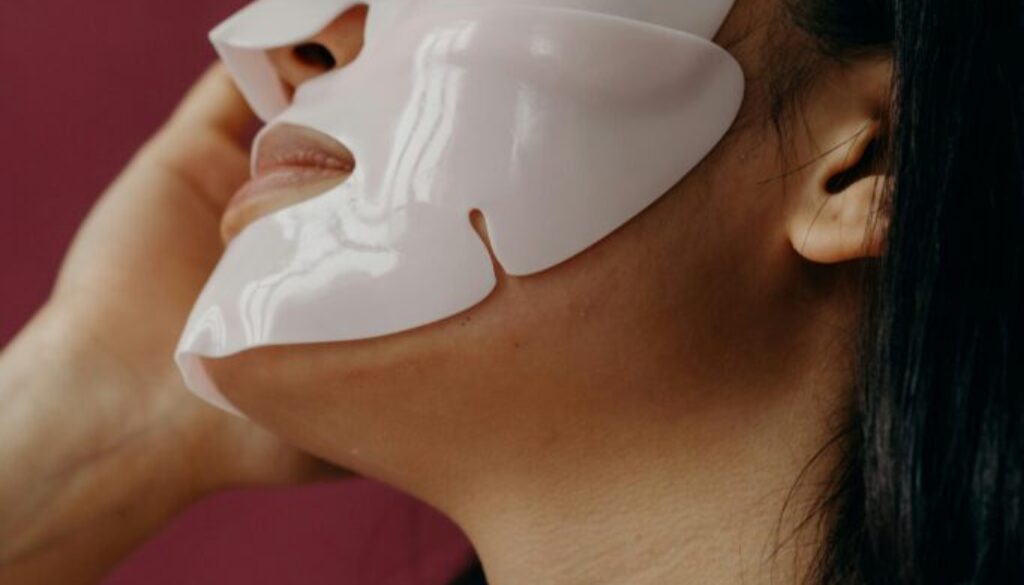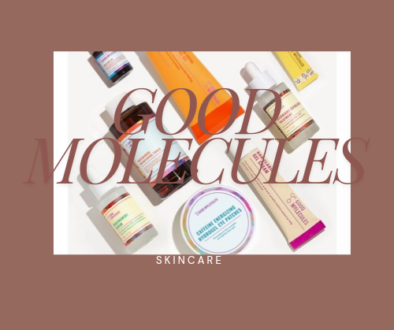Behind the Glassy Skin: How to Get a Glassy Skin
Ever marveled at those individuals blessed with flawless skin, reflecting your own image back at you? Have you pondered whether their secret lies solely in genetics or their water consumption habits? Achieving glassy skin isn’t solely determined by genetics or water intake. While hydration is crucial, drinking water doesn’t directly translate to hydrated skin. But fret not, because attaining glassy skin is an achievable goal. Let’s explore the science behind it all, including a special secret revealed at the end.
Understanding the Basics of Glassy Skin
The quest for glassy skin requires more than a mere splash of water or genetic luck. This guide delves into scientific principles and clinical studies, uncovering the significance of double cleansing, the importance of hydration and moisturization, the necessity of sun protection, the benefits of exfoliation, and addressing your skin’s main concerns.
Step 1: Double Cleansing and Choosing the Right Cleansers
Double cleansing is foundational for glassy skin. It involves using two types of cleansers to thoroughly remove impurities, paving the way for effective skincare product penetration. Scientifically, this method utilizes solubility and emulsification principles to dissolve oil-based impurities with the first cleanser and target water-based debris with the second. Clinical studies confirm its efficacy in improving skin texture and reducing acne lesions.
Step 2: Hydration and Moisturization
Hydration and moisturization follow cleansing. Hydrated skin appears plump due to water retention within cells, while moisturizers form a protective barrier, preventing water loss. Clinical studies support their role in enhancing skin elasticity and mitigating signs of aging. Opt for moisturizers tailored to your skin type and containing hydrating ingredients like hyaluronic acid and ceramides.
Step 3: Incorporate Exfoliation
Exfoliation enhances the glassy skin effect by removing dead skin cells and stimulating cell turnover. Gentle exfoliants containing alpha hydroxy acids or beta hydroxy acids are recommended to avoid irritation. I recommend once or twice a week.
Step 4: Sun Protection
Sun protection is indispensable for glassy skin. Sunscreens prevent skin aging and damage by absorbing or reflecting harmful UV rays. Studies consistently show their efficacy in reducing the risk of skin cancer. Choose a broad-spectrum sunscreen with an SPF of 30 or higher and reapply every two hours, especially during outdoor activities.
Step 5: Address Your Main Skin Concern
Tailor your skincare routine to target your primary skin concern, whether it’s wrinkles, acne, hyperpigmentation or others. Ingredients like alpha arbutin, kojic acid, vitamin C, tranexamic acid, retinol, and others have been clinically proven to address various skin conditions effectively.
Additional Secret: The Importance of Sleep
Adequate sleep is crucial for skin health, facilitating cell repair and regeneration. Lack of sleep can exacerbate skin issues such as acne and dullness. Aim for 7-9 hours of quality sleep nightly to complement your skincare regimen effectively.
Conclusion
Achieving glassy skin requires a holistic approach grounded in science-backed skincare practices. By understanding the principles of double cleansing, hydration, moisturization, sun protection, exfoliation, and targeted treatment of skin concerns, you can unlock the secret to radiant and flawless skin. Select skincare products wisely, listen to your skin’s needs, and maintain consistency in your routine for a lifetime of healthy, luminous skin!

